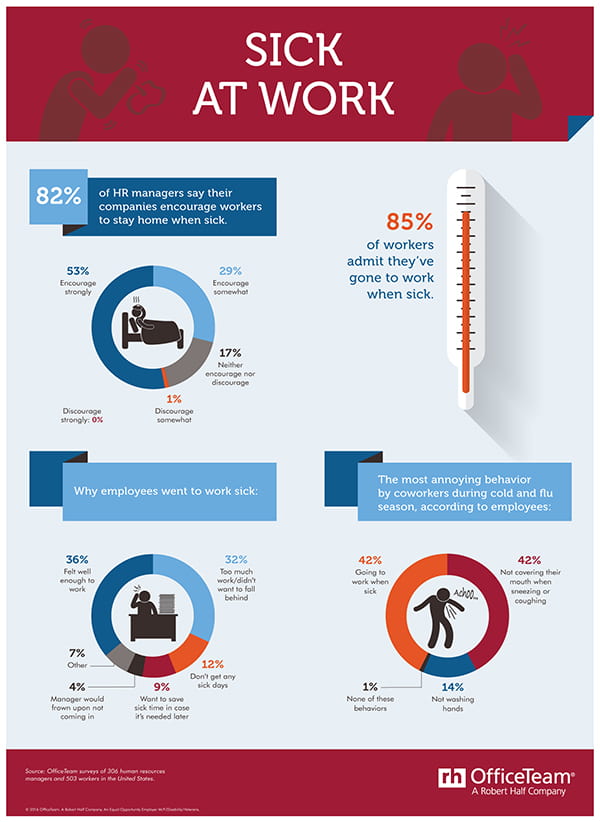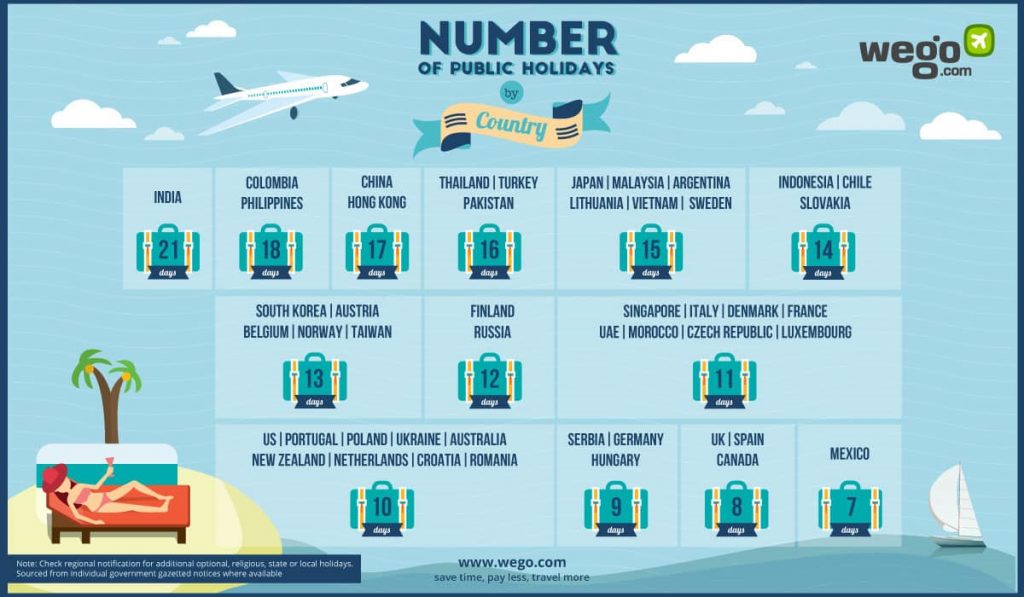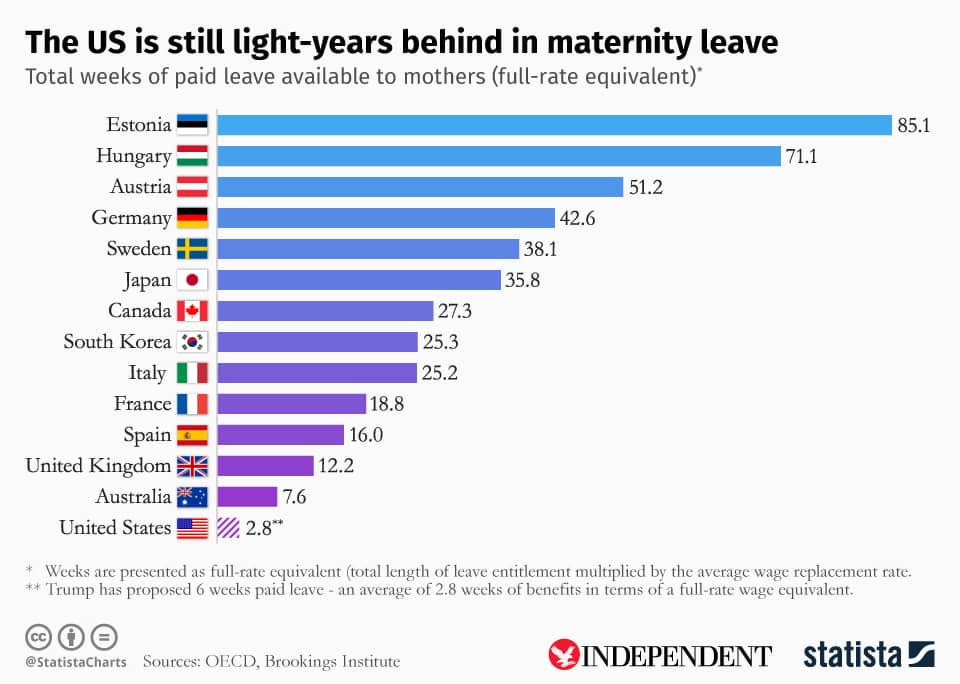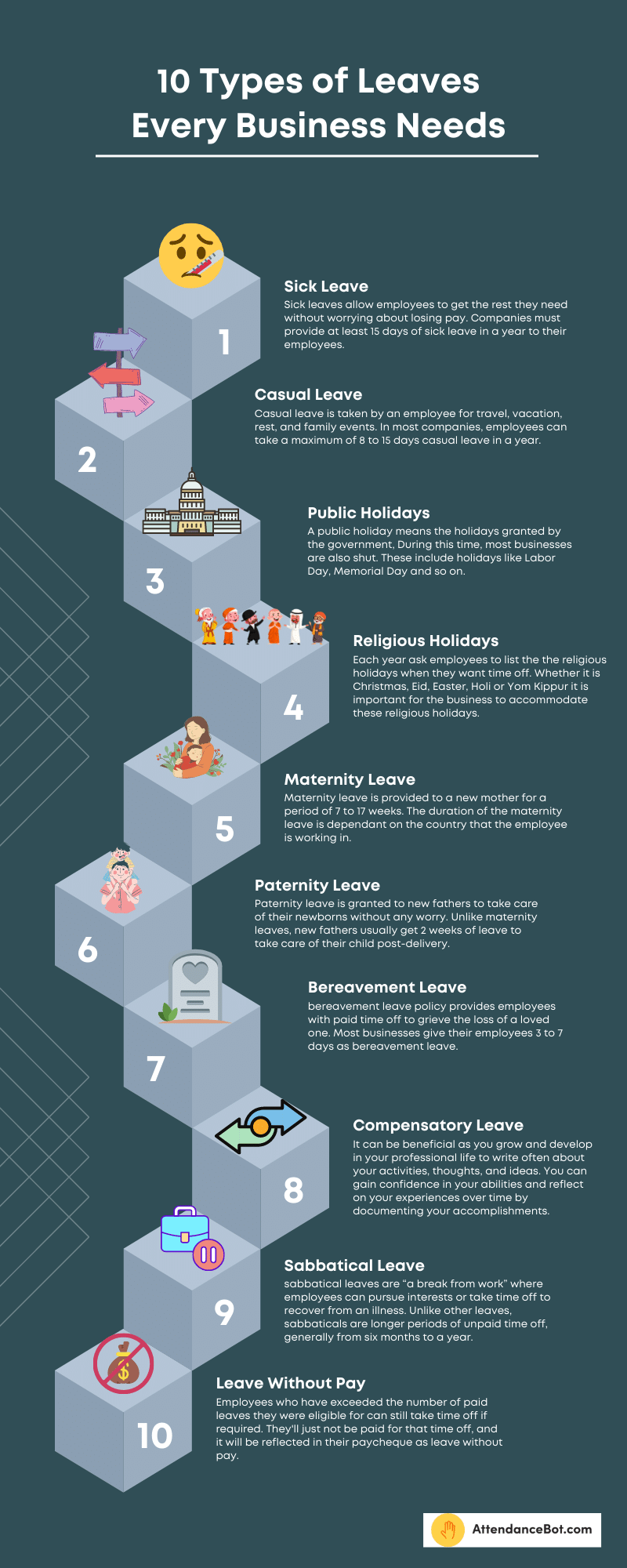A comprehensive leave policy can be a game-changer regarding employee satisfaction and retention. Many organizations may think that outlining paid leave days and public holidays is sufficient, but there’s much more to it. Candidates frequently inquire about leave policies during the recruitment process, wanting clarity on the types of leave available for various personal and professional needs. In this article, we’ll explore the ten essential types of leaves every company should consider incorporating into their leave policy to foster a supportive work environment and enhance employee well-being.
Why You Need a Leave Policy in Your Company
A leave policy helps you define the number of leaves your employees have, the types of leaves that they are eligible for, and how to apply for leaves. With a leave policy, you can give them assurance that you will provide them with the essential time off to take care of any issues they have or take time off to vacation, recover from an illness, celebrate their festivals, deal with life events, or simply relax.
Read about how to create a leave policy and manage your leaves.
Here are 10 types of leaves you need to accommodate within your leave policy:
1. Sick leave
Sick leave is time off given by the company to allow employees to recover from an illness and take care of their health. Sick leaves are crucial incentive to allow employees to get the rest they need without worrying about losing pay – most companies recognize the economic value of disincentivizing contagion and extended illness, let alone benefits to hiring and retention. Sick leave is also a mandatory requirement in many countries to ensure employee well-being.
The US does not federally require paid sick leave, but for companies subject to FMLA, there is a minimum 12-week unpaid sick leave. Additionally, many states have their own paid sick leave requirements, and U.S. Bureau of Labor Statistics estimates that nearly 80% of the private sector offers some form of paid sick leave, typically around an hour per 30 hours worked.
In India employee are entitled to 12 sick days per year without carry over, with Canada and Australia guaranteeing 10 days without carry over, and countries like Sweden, Britain, or France guaranteeing much longer paid sick time at less than 100% of wages. In these and most countries sick leave does not accumulate and expires each year, but check if any regions you operate in have sick leave that carries over year to year.
Regardless of company policy, it’s important you urge employees to take the day off if they are sick.

2. Casual leave
Casual leave is most common outside the US, and is taken by an employee for travel, vacation, rest, and family events. Such leaves are given to allow employees to take time off for life events or personal reasons like traveling to another country or weddings they have to attend. Providing paid casual leave allows employees to prioritize their private life when required, helping them feel appreciated and balanced.
In the US casual leave is typically replaced by a broader paid time off (PTO) umbrella for vacation and personal time, but elsewhere casual leave is set aside specifically, typically for a maximum of 8 to 15 days a year.
3. Public holidays
Public holidays are days set aside by the government. While these days are typically targeted for government workers, they are often observed by so many other institutions — schools, banks, agencies – that private companies find it most convenient to recognize them as well.
Importantly, public holidays can be handled in two way: mandate or floating holidays. Mandatory holidays typically don’t subtract from leave balances, but are sometimes folded in as extra accrued days which must be deducted. Floating holidays are a more modern approach, which creates a set bank of days which can be taken anywhere as long as they’re planned in advance. This provides flexibility for employees to build their own holiday schedule and prioritize the holidays important to them, for example if they don’t celebrate Christmas. This flexibility is an important benefit for employees, though there are pros and cons to having a less homogenous schedule for your company – benefits may include better customer coverage during busy season, while downsides might include harder-to-predict schedules and work flow.
For official US holidays check the US Department of Commerce, which lists the dates of major holidays you should be familiar with like Memorial Day, Independence Day, Labor Day, Veteran’s day, and the relatively newer Juneteenth, among others. Every country has their own list, and some – like India – may have a different list depending on the state.

4. Religious holidays
Christmas, Eid, Easter, Holi, Yom Kippur— your employee is sure to place great importance on the religious holidays they celebrate and want the day off to spend time with their family and observe rights or rituals. In the US, these holidays will likely fall under other categories of leave like casual or public holidays, but elsewhere it’s common to explicitly accommodate religious holidays and festivals. If your workforce is large enough and multinational enough, it may make sense to formalize these holiday calendars each year to provide better structure and planning, without waiting on individuals to set each calendar.
5. Parental leave
Depending on where in the world you are, parental leave might be one universal policy or split between separate maternity and paternity leave policies.
Maternity Leave
Between recovering from delivery, learning to nurse or feed a newborn, adjusting to the daily rhythm of a new human, or just coping with sleep deprivation, maternity leave is crucial for new mothers, and accommodating this type of leave is good for everyone involved: employees get to prioritize their new child and mental health while employers avoid grinding down and tired employee or pushing them out the door. Maternity leave also helps streamline administrative process for new mothers who may deal with postnatal complications.
While maternity leave is only officially covered by FMLA policy in the US (covering 12 weeks of unpaid leave), as with sick leave many states have their own regulations for paid leave and employers typically recognize the business logic for offering maternity leave even without regulation.
Outside the US, maternity leave almost universally more generously guaranteed. See below for a breakdown of paid maternity leave among major developed countries – even growing developing powerhouses like India provide 6 months of maternity leave at minimum, though 3 months is a more common global trend.

Paternity Leave
Paternity leave is granted to new fathers— husbands or partners of a pregnant woman, surrogate parents, or those who have adopted a child— to take care of their newborns during the crucial early stages of life.
Unlike maternity leave, paternity leave is much less commonly or generously guaranteed, with new fathers usually getting 2 weeks of leave to take care of their child post-delivery. In the US paternity leave is not guaranteed, but rather covered by aforementioned FMLA, whereas in countries like Sweden, modern policies have developed to allow for shared “banks” of parental leave which parents themselves can alot between maternity and paternity (480 days in Sweden).
Unlike maternity leave, companies are much less likely to provide paternity leave with regulation, resulting from a confluence of gender norms, pay gaps, and cultural practices. This said, the importance of paternity leave has been growing quickly and businesses are just beginning to recognize the the real benefits of allowing new fathers to focus on early weeks of newborn life.
6. Bereavement leave
Losing a loved one is an unavoidable situation and in such events, employees will often take sudden leave regardless of policy. As HR, it pays to include a bereavement leave policy that provides employees with the time to grieve loss and manage responsibilities associated with death, without forcing them to draw down personal days.
Most HRs give employees 3 to 7 days of bereavement per year, often dependent on the closeness of the relative. If you aren’t sure how to create a bereavement leave policy, you can read our full guide here.
7. Compensatory leave and time off in lieu (TOIL)
Compensatory leave – often shortened to “comp off” or “TOIL” – is an essential piece of the HR toolkit for employees who work infrequent or irregular overtime. While the US mandates overtime pay for nonexempt employees, US companies and especially multinationals may implement TOIL policies to handle US exempt overtime or international overtime which employers prefer not to pay for economic or cultural reason. In these cases, employees who have clocked more hours than required by law or policy are eligible to receive additional time off in lieu of overtime pay, or compensatory days off.
These policies are typically a huge win for employers, who avoid costly overtime pay, and employees, who are able to reclaim or “bank” extra hours from one week by working less in a future week. Even for companies not obligated to pay overtime, as for exempt US employees, TOIL can be an important strategic tool for many reasons:
- TOIL helps fight cyclical cultures of overwork, overtime, and the “busy flex” by nudging employees toward neutral workloads
- TOIL positively reinforces the use of time off by providing leave that cannot be cashed out
- TOIL formalizes employee time reclamation, providing acceptability and structure for what is already common practice: taking it easy after a busy week or month
- TOIL ensures that extra time investment is acknowledged and rewarded
The main hurdle to adoption of compensatory time off is the difficulty of keeping track of overtime and TOIL accrual. This said, business typically pursue options to automatically record these accruals, with many lightweight options to capture and formalize usage of compensatory time.

8. Sabbatical leave
Simply put, sabbatical leaves are an “extended break from work” where employees can pursue interests they have or take time off for physical and mental health reasons. Unlike other leaves, sabbaticals are intended to cover long leave periods, from six months to a year, and do not typically accrue annually.
Sabbaticals are commonly taken by employees at educational institutions where professors may want to take a break from their teaching role to do research on their projects. Other industries like consulting may offer sabbaticals to avoid burnout due to the intensity of workload, or journalistic firms where personal brand has strong benefit for both employee and employer. Sabbaticals are most common in fields where retention and expertise are highly valued, and are often distributed every 2 or 3 years to reward staff for loyalty and help them pursue personal projects or education which may benefit the institution and employee alike.
The tech industry has pioneered a similar – if different – form of short sabbatical called a Think Week. Many blogs cover the concept if you’d like to learn more, but essentially this is a one or two week break from work to foster creativity and mental reset.
9. Public service leave (jury duty & elections)
In the US employees are guaranteed unlimited unpaid leave to attend jury duty, with some states mandating partial or fully paid court leave and some states also explicitly barring forced use of PTO to cover jury duty absence. For elections US federal law is even more stingy, alotting 2 hours of paid leave for federal elections, though again many states designated more generous policies. These types of leave vary greatly by where you are in the world, with jury duty in particular being relatively confined to the US, UK, Australia, and Germany.
Regardless of your regulatory environment, having a policy for public service is an important part of good corporate citizenship – these types of activities are often mandated by law and at worst expected of every employee, and any good HR knows that providing structure around foreseeable events is superior to the wait and see method.
10. Unpaid leave (leave without pay)
Even after your employee has exceeded the number of paid leaves they are eligible for, unpaid leave is an important tool to provide ultimate flexibility for emergent personal circumstances. In the US, FMLA is the most common form of mandatory unpaid leave, but elsewhere there is a great many types of unpaid or partially paid leave. What’s essential for HR regardless is to ensure that you set a clear policy establishing the number of acceptable days off an employee can take without pay – this additional structure ensures that employees have a stop-gap in times of need, and HR isn’t forced to make subjective case-by-case decisions in each instance of unaccrued time off.
Note: Companies with an unlimited leave policy don’t have to define unpaid leaves. However, you should be able to track and ensure employees aren’t taking advantage of your policy.
Ready to set up a leave management system for your company?
Tracking types of leaves is a time-consuming task. With AttendanceBot, employees can request and approve leaves right within Slack or Microsoft Teams, while keeping balances and colleague absences available when employees need it, no extra app or login required. HR can then set and forget their automated leave policies, whether domestic and simple or global and complex. If you’re struggling to manage leave without wasting time in spreadsheets and emails, see how AttendanceBot can help!
And did we miss out on an important leave type? Let us know at hi@harmonizehq.com





